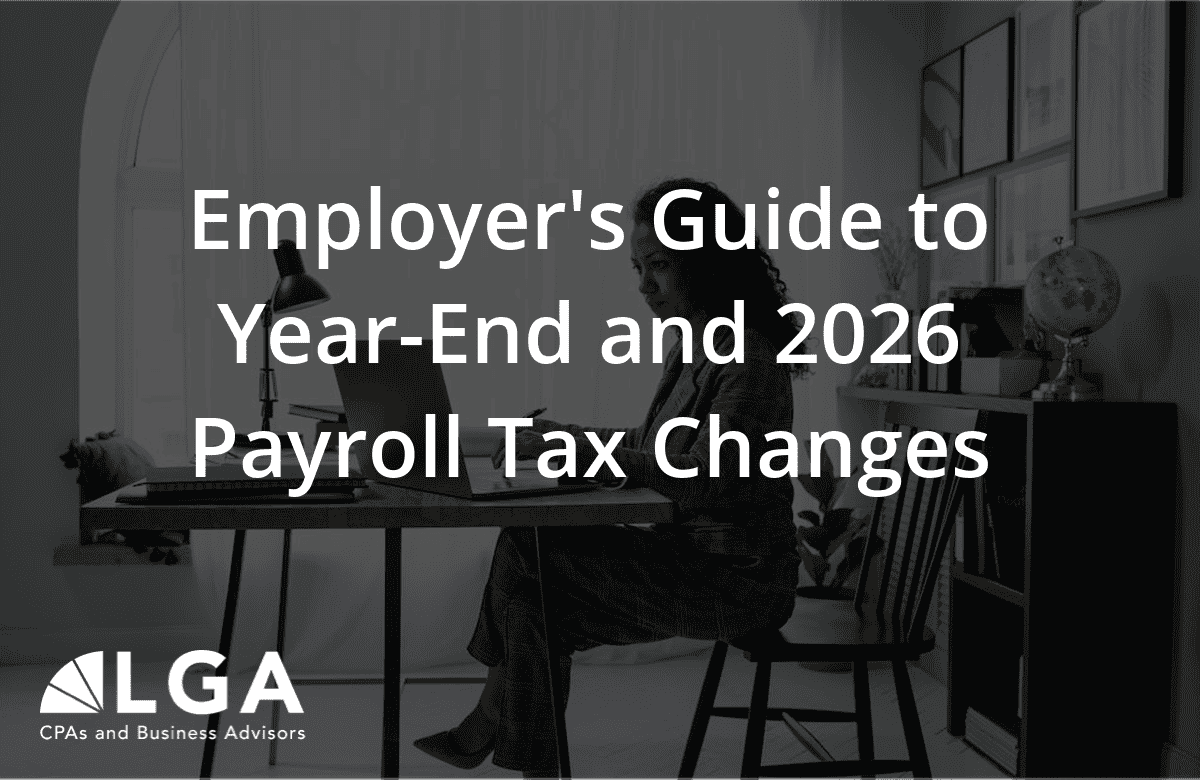
Family businesses remain the backbone of the American economy, yet fewer than one in three successfully pass to the second generation. The old saying “shirtsleeves to shirtsleeves in three generations” still rings true for many. It reflects how a business can be built from nothing, thrive for decades, and then fade when it is time to hand over the reins.
The good news is that this outcome is not inevitable. With early planning, open communication, and the right advisors, you can position your company for continued success. Whether you are preparing for retirement, planning an exit, or simply thinking ahead, these eight steps can help you identify and develop the right successor for your family business.
1. Make no assumptions
Never assume that your son, daughter, or another family member wants to lead the company. Many family businesses struggle because an owner believes a child is interested or ready when they are not. Have honest conversations early about each person’s goals, skills, and willingness to take on leadership responsibilities.
2. Evaluate all viable candidates
Even if keeping the business in the family is your first choice, explore every option objectively. A trusted advisory board, CPA, or outside consultant can help you assess leadership potential without bias. In some cases, the best choice may be a non-family executive who ensures stability while family members remain involved as owners or board members.
3. Focus on skills, values, and temperament
Running a business requires more than technical expertise. Emotional intelligence, communication skills, and integrity often matter more. Identify who demonstrates calm under pressure, earns the trust of others, and upholds the company’s values. Those qualities usually determine long-term success more than years of experience alone.
4. Create real opportunities to lead
Treat this process like a professional search, not a family obligation. Give qualified candidates meaningful projects, measurable goals, and exposure to key decisions. Use these experiences to observe how they handle responsibility and collaboration. This approach not only reveals who is ready to lead but also strengthens your broader management team.
5. Rotate roles for broader perspective
Encourage candidates to work across departments such as finance, operations, and client service. Exposure to different areas helps them understand how all parts of the business connect. A well-rounded successor can make better strategic decisions and earn the confidence of employees and clients.
6. Communicate your decision clearly
Once you have made your choice, communicate it openly and with empathy. Explain your reasoning, outline a transition timeline, and clarify ownership or compensation details. For those not selected, acknowledge their contributions and discuss roles that align with their strengths. Transparency today prevents tension tomorrow.
7. Plan a gradual and supported transition
Leadership change works best when it happens in stages. Partner with your successor to transfer authority over time while remaining available for mentorship. This helps employees and clients adjust smoothly and reinforces confidence in the new leadership.
Coordinate with your CPA and attorney to design a tax-efficient ownership transfer. Structured buyouts, trusts, or family partnerships can help preserve both company value and family relationships.
8. If there is no clear successor, explore your options
Not every family business has a next-generation leader ready to take over. If that is your situation, it is better to face it early and plan strategically. You may choose to sell the business to a key employee group, partner with an outside buyer, or merge with a strategic acquirer in your industry. Each path comes with unique financial and emotional considerations.
A professional business valuation is the best starting point. It provides an objective view of your company’s worth and highlights areas that can increase value before a sale. From there, your CPA and advisory team can help structure the transaction to reduce taxes and ensure a smooth transition for employees and clients.
The goal is not just to exit but to exit confidently, knowing your hard work will continue in capable hands.
The bottom line
A successful transition is about more than naming the next leader. It is about protecting your business, preserving relationships, and creating options for the future. The process requires patience, planning, and guidance from professionals who understand both the financial and personal sides of succession.
LGA’s Business Advisory and Tax teams help owners create clear, strategic succession and exit plans that protect wealth, minimize taxes, and keep businesses strong for generations to come.





